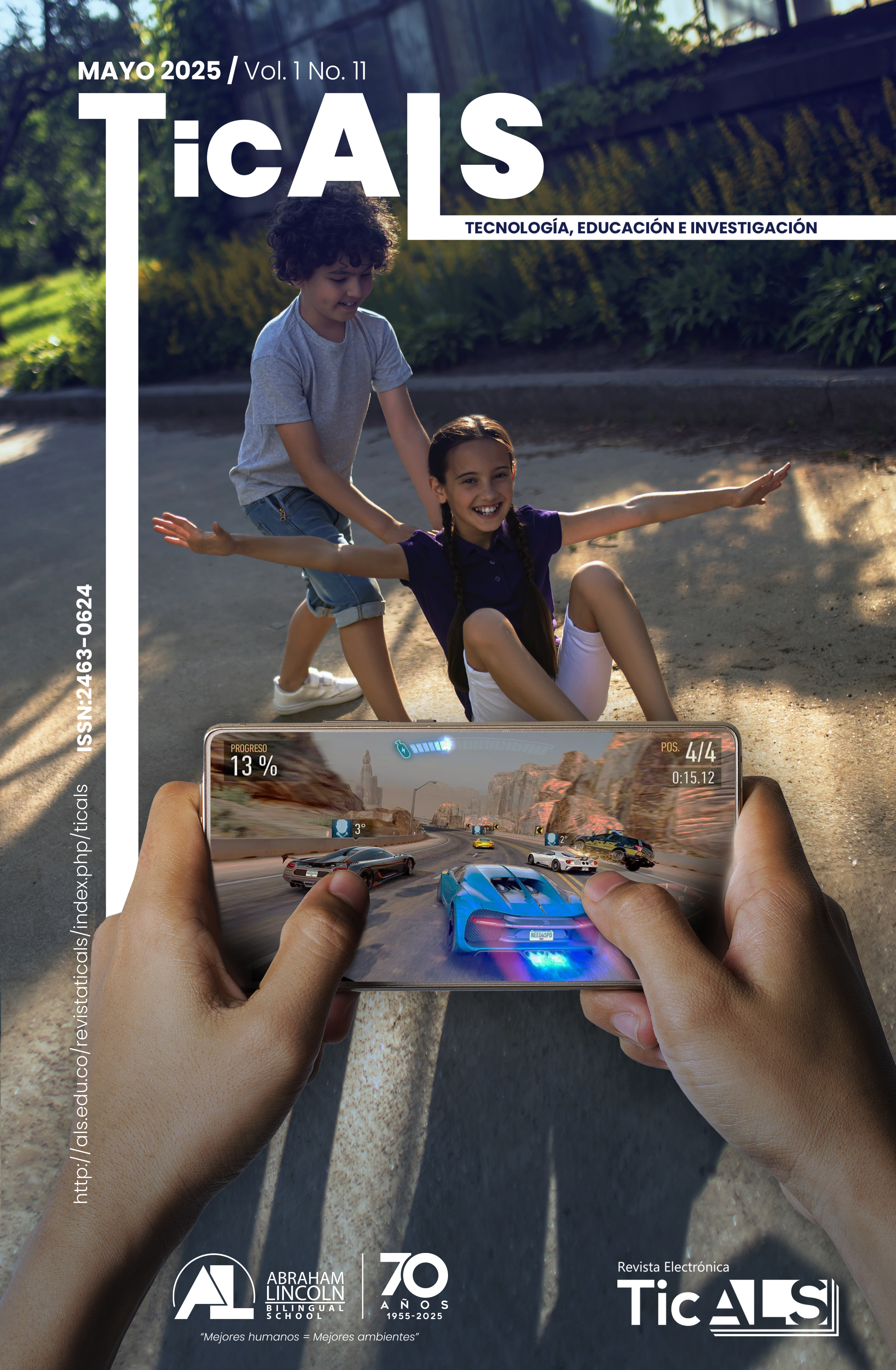Abstract
This article examines the concept of the body from the perspective of Physical Education in Colombian schools,
emphasizing in how the body has been trained throughout history: when and how to move, when and in what position
to stand still, how to play, how to study, and how to have fun. Based on this construction of the body, we find that its
formation influences the practices of free time, present from childhood in different generations and whose recovery is
promoted to make leisure time something healthier, educational, and formative for today's youth. This analysis is
considered necessary to question these same practices in the light of the technological present at the time in which they
were made and thus understand why contemporary choices are very different, insofar as they have been influenced by
new approaches, different concepts, and a modern understanding of play, physical activity, and rest, which are
permeated by technological advancement.
Secondly, leisure is addressed as a fundamental component of human life, highlighting the presence of recreation and
sports throughout history in different cultures. Furthermore, physical activity has been present at all ages and in all
human cultures, however, it is currently in childhood and youth where most attention is focused. Technology and its
rapid advancement have expanded the possibilities for relaxation, entertainment, and ways to exercise and play sports,
facilitating access to information and providing more tools and resources. This overview introduces the need to discern
between those aspects that should be regulated and those that should be restricted, especially if it interferes with the
central purpose of leisure, which is rest.
References
Chinapaw M. J, Koppes, Uijtdewilligen. L, Singh. A. S, L. J. Van Mechelen. W, Twisk. J (2014). Number And Appraisal Of Daily Hassles And Life Events In Young Adulthood: The Association With Physical Activity And Screen Time: A Longitudinal Cohort Study. Volume14,
1067.
Decreto 491 de 1904. (1904, 03 de junio). Congreso de la República de Colombia.
Equipo de edición de Vorecol. (2024). El Impacto De La Tecnología En La Productividad Laboral Y Cómo Aprovecharla De Manera Efectiva.
Grøntved, A. and Hu, F.B. (2011). Television Viewing and Risk of Type 2 Diabetes, Cardiovascular Disease, and All-Cause Mortality: A Meta-Analysis. JAMA, 305, 2448-2455
Jauregui D. (2024). 13 de junio de 1954: el día que surgió la televisión en Colombia
Márquez Rosa. S, Rodríguez Ordaz, J y De abajo Olea. S (2006). Sedentarismo Y Salud: Efectos Beneficiosos De La Actividad Física. Apuntes Educación Física y Deportes, núm. 83, enero-marzo, 2006, pp. 12-24
Ministerio de Educación Nacional (MEN) (2010). Orientaciones Pedagógicas para la Educación Física, Recreación y Deporte.
Monsalve, S. (2016). Vida Saludable: Actividades de Ocio y Recreación como Aprovechamiento del Tiempo Libre en la Población Juvenil.
Rodríguez D (2023). En Colombia, Se Va Más De 50% Del Tiempo Del Día Estando Al Frente De Una Pantalla.
Rodríguez L. (2020). Radio Nacional, Año Tras Año Registrando La Historia De Colombia.

